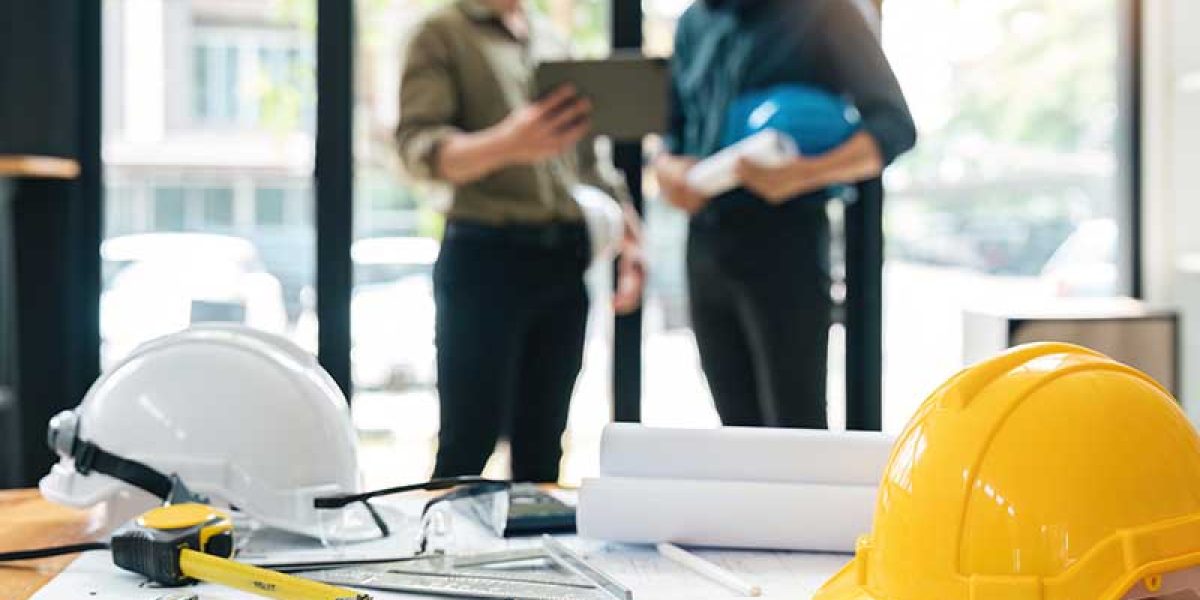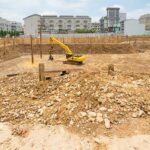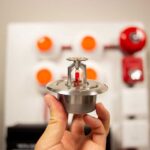While the majority of emphasis in construction is frequently focused on the building phase, post-construction quality control and maintenance are equally important for the longevity and safety of a structure. This stage assures that all elements of the new structure function properly and continue to do so securely over time. This blog discusses the significance of these continuing quality control methods and how they contribute to a building’s durability and functionality.
The Importance of Post-Construction Quality Control
Post-construction quality control include extensive inspections and evaluations to detect any problems or concerns that may have been overlooked during construction. This phase is critical because it addresses any latent problems that could jeopardize the building’s structural integrity and safety. It guarantees that the building fulfills all applicable standards and performs properly for its intended purpose.
Key Features of Post-Construction Quality Control
- Final Walkthrough and Inspections: This is normally performed by a quality control inspector and the project manager to check that all aspects of the building comply with project specifications and building codes.
- Deficiency Lists: Any flaws discovered during final inspections are recorded on a deficiency list, which is then rectified by the construction team.
- HVAC, electrical, and plumbing systems are checked for efficiency and safety.
- Documentation Review: Ensuring that all building documentation is correct and complete, including as-built drawings and warranties.
Building Maintenance is an ongoing commitment. Building maintenance is an ongoing activity that begins shortly after the building is built. Regular maintenance is critical to preventing degradation and extending the life of building components.
Components of Effective Building Maintenance
- Scheduled Maintenance: Regular inspections and repairs keep small faults from becoming severe problems.
- Emergency Maintenance: Taking prompt action to handle unanticipated difficulties such as leaks or electrical outages.
- Record Keeping: Keeping meticulous records of inspections, repairs, and replacements. This documentation is critical for managing warranty claims and knowing the building’s maintenance history.
Advantages of Thorough Post-Construction Quality Control and Maintenance
- Enhanced Safety: Ensures that all building systems operate safely and in accordance with local codes and standards.
- Cost Savings: Early detection and treatment of faults reduces the likelihood of costly, major repairs in the future.
- Regular maintenance increases the longevity of building materials and systems.
- Sustainability: Efficiently running systems consume less energy, which benefits the environment and lowers operational expenses.
Building construction is only the first step. Effective post-construction quality control and consistent continuing maintenance are critical to preserving the building’s value, functionality, and safety. By investing in these vital actions, property owners may ensure that their buildings are strong and reliable for the foreseeable future.
Understanding and implementing robust post-construction quality control and maintenance plans is critical to realizing these benefits and keeping a building a valued asset for its owners and occupants.








